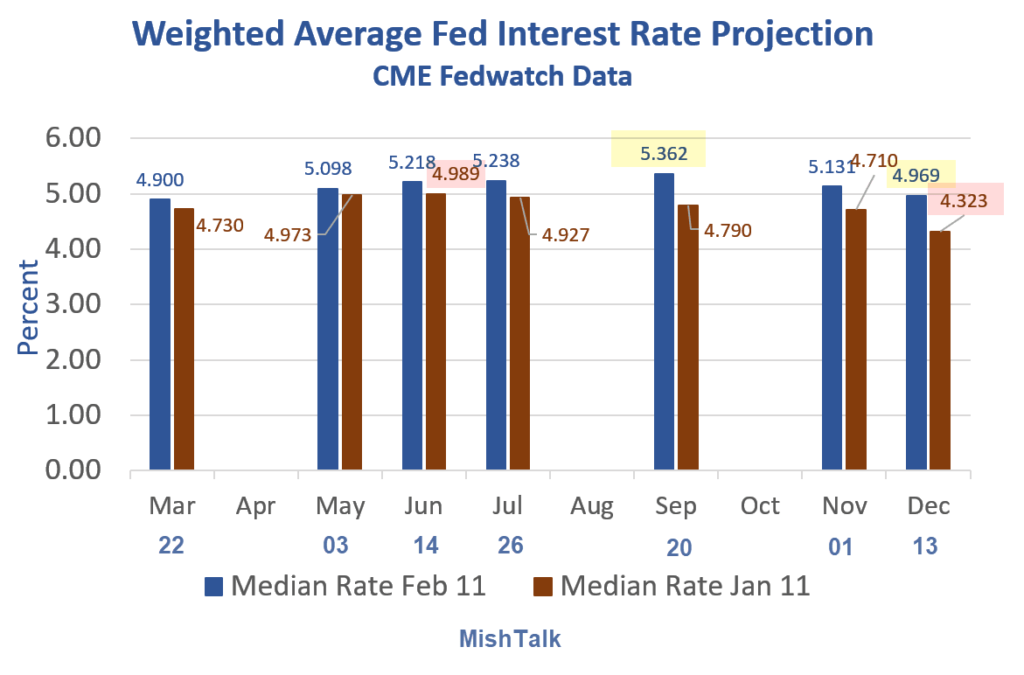Link: https://www.city-journal.org/fed-goes-underwater
Excerpt:
Before new trillion-dollar federal spending bonanzas became a regular occurrence, the Federal Reserve’s announcement that it lost over $700 billion might have garnered a few headlines. Yet the loss met with silence. Few Americans have noticed the huge increase in both the scale and the scope of the central bank or the dangers that it poses to the American economy. As Fed-driven inflation becomes the Number One political issue in America, that will change.
The Fed’s losses owe to a shift in the way it does business. Before the 2008 financial meltdown, the central bank tried to control interest rates by buying and selling U.S. bonds. A few billion in purchases or sales could move the whole economy, and this meant that the Fed, which operates much like a normal bank, could keep a relatively small balance sheet of under $1 trillion.
Since the financial crisis, the Federal Reserve, like other developed-world central banks, has used a different playbook. It provides enough funds to satiate the entire banking world, and it seeks to adjust the economy by paying banks more or less interest to hold those funds. These payments keep private-sector interest rates from dropping too low. When it first undertook this “floor” experiment, the Fed’s balance sheet exploded to more than $4 trillion. After the Covid pandemic, it approached $9 trillion.
A larger balance sheet means greater risks. And the Fed has added to that risk by purchasing longer-duration assets. Pre–financial crisis, the Fed bought mainly short-term federal debt. Only about 10 percent of all the U.S. bonds owned by the central bank lasted longer than ten years. Now, that figure has risen to 25 percent.
Author(s): Judge Glock
Publication Date: Winter 2023
Publication Site: City Journal
